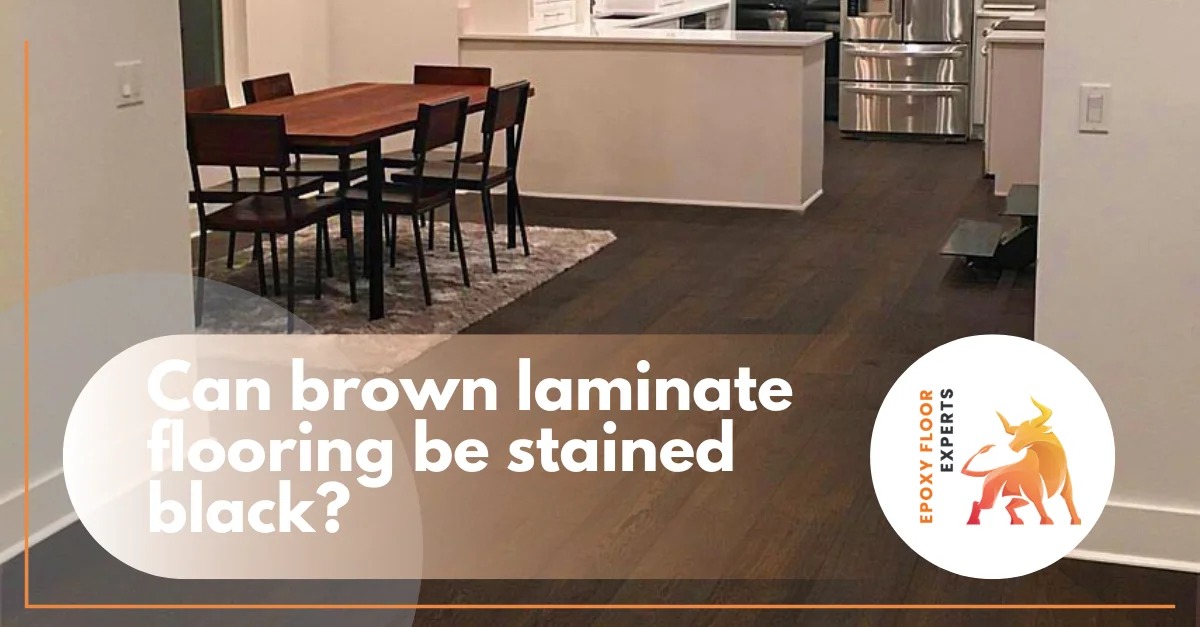What Grit for Seal Coat Epoxy
.webp)
What Grit for Seal Coat Epoxy: Detailed Guide to a Flawless Finish
Choosing what grit to use for seal coat epoxy is crucial, one wrong pick and you will ruin your project completely. At GNU Garage, our aim is to make your garage floors outshine with a smooth, shiny, and durable epoxy coating. So, let’s not waste more time, dive into the world of epoxy and know what grit for seal coat epoxy you need to get a flawless finish. All set to sand like professionals? Let’s go!
Why is Sanding Important
Before we talk about what grit to use, let’s know why sand between epoxy seal coats? A seal coat is the thin layer of epoxy that fills pores, locks in your surface and prepares it for the final coat. Sanding is a complete game changer, sanding between epoxy coats provides:
- Smooth Adhesion: Roughing up the last coat prepares the surface for the next coat and helps it stick like glue.
- Smooth Finish: Sanding helps smooth down the surface, it removes dust, bubbles, or any imperfections for a neat, clear look.
- Durability: A properly sanded seal coat provides not just flawless look but also increases the durability, making the floor tougher and long lasting.
But what happens if you don’t sand between coats of epoxy? Well, now that’s a problem. Sanding acts as a ticket to a smooth, flawless finish. If you don't sand seal coat epoxy, you risk poor bonding, peeling or bumpy look. Oh god, in the world of epoxy, this screams “disaster”. Avoid skipping sanding and nail that project like a professional.
What Grit to Use on Seal Coat Epoxy
Choosing the right grit for sanding between seal coats epoxy depends on the job and the type of epoxy used. Let’s break it down:
1. Be Gentle at First: What Grit to Sand Seal Coat
First, take it light and gentle. Start with 120 to 220 grit sandpaper. This range is rough enough to prepare the surface for a good adhesion but also gentle enough to prevent deep scratches. If your seal coat has bubbles or any other flaws, 120 grit will help you smooth that out. For a smoother surface, go for grit that ranges between 150 to 220.
Pro Tip: For small areas use a palm sander. Another frequently asked question is, can you use a palm sander to sand seal coat epoxy? A short answer, yes. Hand sanding works great for tight spots, but be gentle and keep it low to avoid over sanding. .
2. Grit for Sanding Between Seal Coats
It usually takes 12 to 24 hours for a seal coat to cure completely. To prepare the surface for the next coat, lightly sand with 220 to 320 grit. This range helps create a slightly textured surface to improve grip for the topcoat without damaging the surface. Step up your game to 400 grit for a finish that looks as smooth as glass, like metallic epoxy.
Check out our blogs for more epoxy flooring techniques to master that flooring project like an expert.
3. Last Coat: What Grit Sandpaper for Epoxy Resin
If you are going for a final clear coat or polyaspartic topcoat, sand seal coat epoxy with 320 to 400 grit. This will give you nothing but a flawless, glossy finish. Some experts also go for 600 grit before the final coat, for ultra shiny floors. But remember, we are looking for texture here, so be gentle and don't oversand.
Can You Seal Sand in Epoxy Resin?
Yes, you can seal sand or grit in epoxy resin. However, this is not similar to sanding seal coat. It is usually done to give an aesthetic effect, like quartz or flake floor. For decorative sand, apply it when you are applying the seal coat, then lock it with a clear topcoat. Sand it later with 220 to 320 grit to even down any rough or bumpy spots, keep it light and gentle to avoid ruining the design.
Sand it Like a Pro
Sanding is the heart of epoxy floorings, here are few techniques to help you sand it like professionals:
- Clean First: Use a tack cloth or isopropyl alcohol to clean the cured seal coat to remove any dust before sanding.
- Go Light: Too much pressure will disturb the design. Go light and apply even pressure to avoid scratching the epoxy surface.
- Vacuum Dust: Once you are done with sanding, clean the surface and vacuum it thoroughly to ensure a neat base for the next coat.
- Check Curing: Let the seal coat be fully cured before sanding to avoid sandpaper from getting sticky. Check the product label to know the exact curing time.
Looking for flooring ideas? Look into our garage flooring services for beautiful designs and aesthetics or contact us right now and let us transform your floor today.
Frequently Asked Questions
Q1. What grit to use on seal coat?
Start with 120 to 220 grit for initial coats, then 220 to 320 grit for sanding between the coats. This will make the surface smooth and improve adhesion.
Q2. What grit to sand seal coat epoxy for a glossy finish?
For a glass like finish use 320 to 400 grit before the final topcoat.
Q3. Can you use palm sander to sand seal coat epoxy?
Yes, a palm sander works great. Keep its setting on low speed for even sanding. Hand sand for corners or delicate areas.
Q4. What happens if you don’t sand between coats of epoxy?
No sanding means poor adhesion, peeling, or a cloudy, uneven finish. Always sand lightly for amazing results.
Q5. What grit to use on seal coat epoxy for decorative floors?
For floors with sand or flakes, use 220 to 320 grit to smooth without damaging the design.




